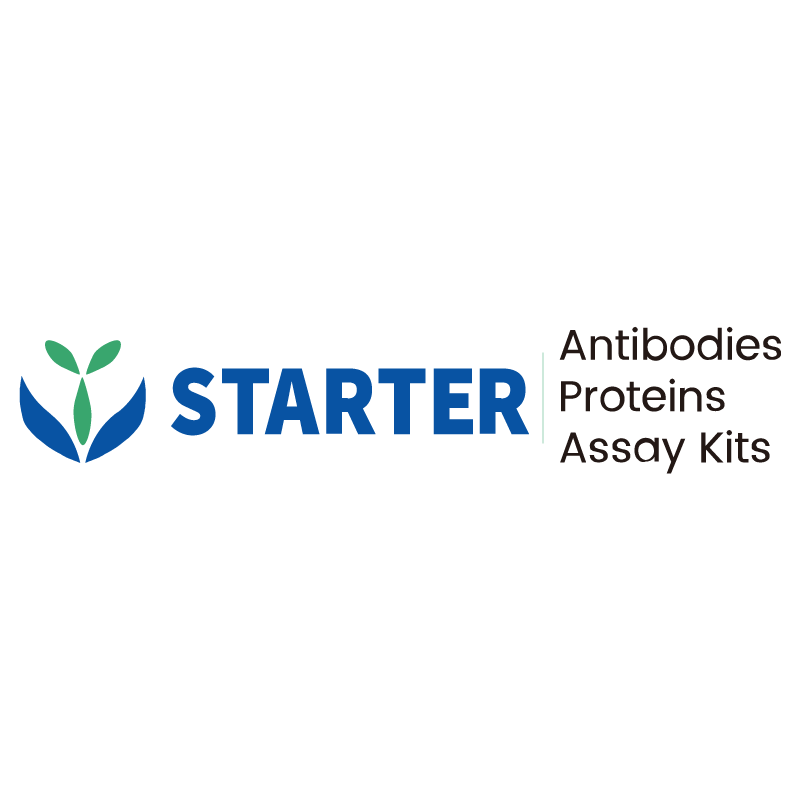2μg(R: reducing conditions)
Product Details
Product Details
Product Specification
| Species | Human |
| Amino Acid Sequence | Protein sequence QIDLNITCRFAGVFHVEKNGRYSISRTEAADLCKAFNSTLPTMAQMEKALSIGFETCRYGFIEGHVVIPRIHPNSICAANNTGVYILTSNTSQYDTYCFNASAPPEEDCTSVTDLPNAFDGPITITIVNRDGTRYVQKGEYRTNPEDIYPSNPTDDDVSSGSSSERSSTSGGYIFYTFSTVHPIPDEDSPWITDSTDRIPATIQATPSSTTEETATQKEQWFGNRWHEGYRQTPKEDSHSTTGTAGDQDTFHPSGGSHTTHGS241ESDGHSHGSQEGGANTTSGPIRTPQIPEW |
| Expression System | HEK293 |
| Molecular Weight | Predicted MW: 33.6 kDa Observed MW: 50-72 kDa |
| Purity | >95% by SDS-PAGE |
| Tag | with C-10*His |
| Physical Appearance | Lyophilized Powder |
| Storage Buffer | Lyophilized from a 0.2 μm filtered solution of 0.2M PBS, pH7.4. |
| Reconstitution | Reconstitute no more than 1 mg/mL according to the size in deionized water after rapid centrifugation. |
| Stability & Storage | 12 months from date of receipt, -20 to -70 °C as supplied. 6 months, -20 to -70 °C under sterile conditions after reconstitution. 1 week, 2 to 8 °C under sterile conditions after reconstitution. Please avoid repeated freeze-thaw cycles. |
Background
CD44 is a ubiquitously expressed protein that is the major receptor for hyaluronan and exerts control over cell growth and migration. Human CD44 has a 20 amino acid (aa) signal sequence, an extracellular domain (ECD) with a 100 aa hyaluronan-binding disulfide-stabilized link region and a 325-530 aa stem region, a 21 aa transmembrane domain, and a 72 aa cytoplasmic domain. CD44 transcripts undergo complex alternative splicing, and, within the stem, ten variably spliced exons (v1‑10 corresponding to exons 6-15; although human CD44 lacks v1/exon 6) produce multiple protein isoforms. The standard or hematopoietic form, CD44H, does not include the variable segments. Cancer aggressiveness and T cell activation have been correlated with expression of specific isoforms. Human CD44v6 contains exon 11 (v6) and is involved in many biological processes including cell growth, apoptosis, and metastasis. CD44v6 plays an important role in colorectal cancer progression involving in cell colonization, invasion, and metastasis and is considered a functional cancer biomarker.
Picture
Picture
SDS-PAGE


